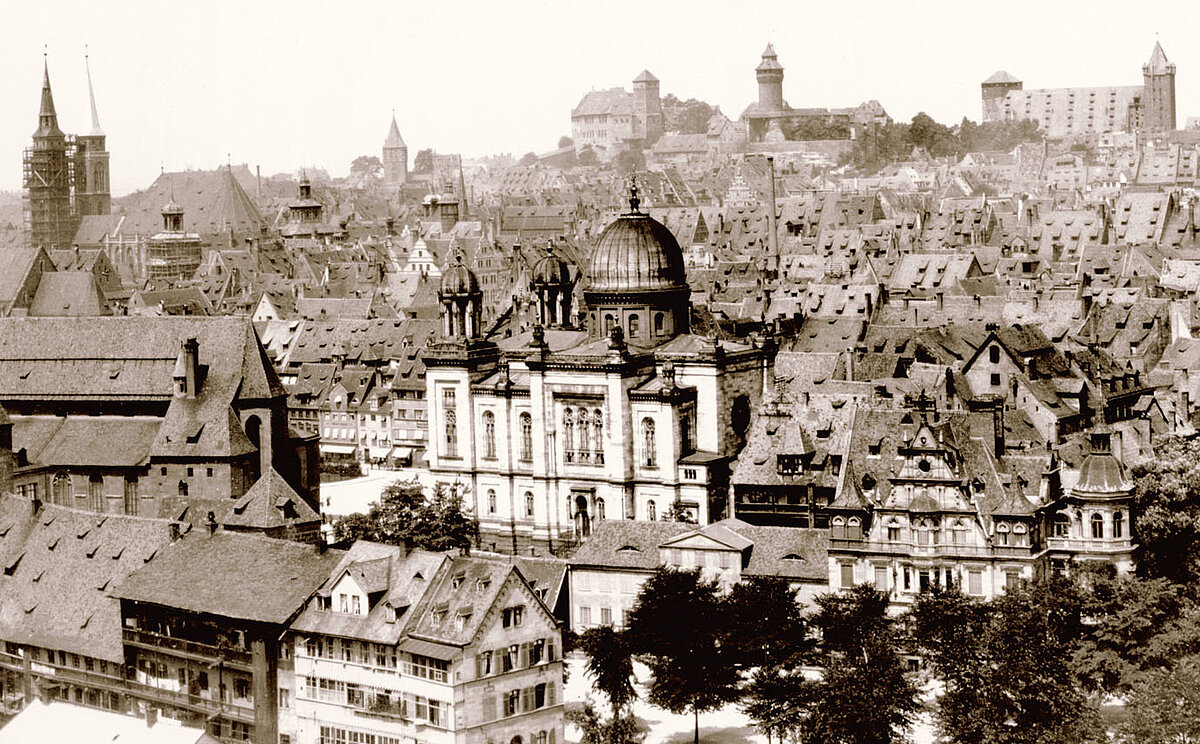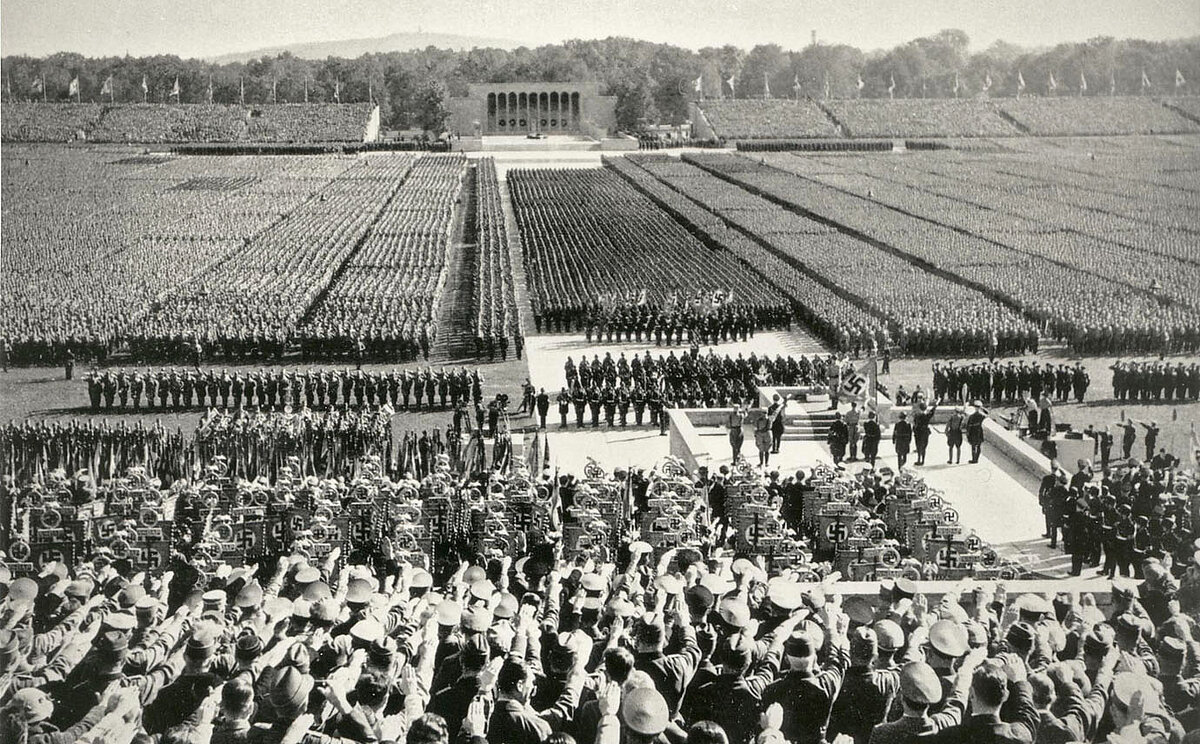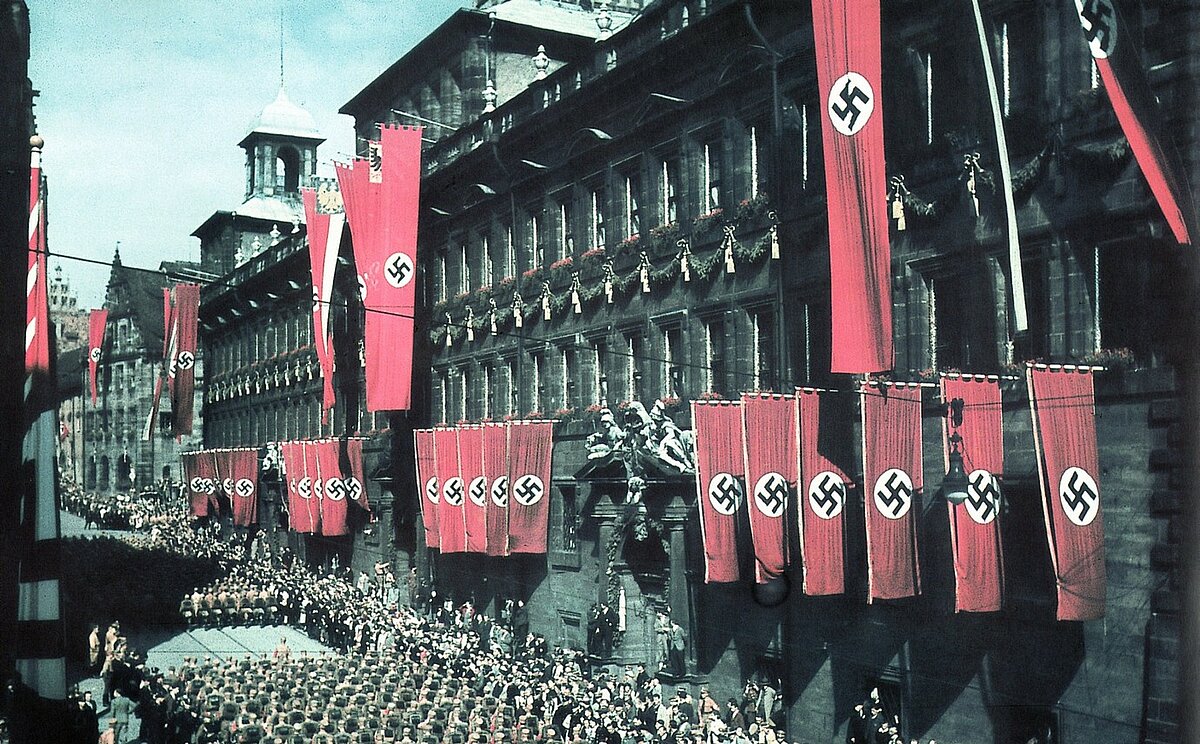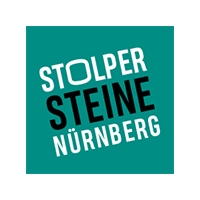Stumbling Stones in Nuremberg
Stumbling stones commemorate people who, through no fault of their own, became victims of the National Socialist state. Out walking in the city, we are confronted with their names. Free of any pathos, the small memorials pay tribute to individuals and carry a clear message: the persecution began here, everyone could see it.
On the initiative of Hubert Rottner Defet and Thommy Barth, Gunter Demnig laid the first stumbling stones in Nuremberg in May 2004. By now, 152 of these stones have been laid in the city. Since 2018 Dr. Pascal Metzger from Geschichte Für Alle e.V. (History for Everyone) has been the local contact person for stumbling stones in Nuremberg. The history association Geschichte Für Alle e.V. collects the requests for stumbling stones, researches biographies, organises the actual laying of the stones in the city and takes care of the numerous issues, both large and small, associated with stumbling stones in Nuremberg.
STUMBLING STONES – an art project from Gunter Demnig
Keep Memories Alive – in keeping with this motto, Gunter Demnig has been laying stumbling stones in Nuremberg since 1992. The stones are laid in front of the last freely-chosen residences of people who, during the National Socialist period, were persecuted, murdered, deported, exiled or driven to commit suicide.
The brass plaques pay tribute to Jews, Roma and Sinti, victims of political persecution, homosexuals, Jehovah’s Witnesses and human beings with mental and psychic disabilities.
So far, more than 100,000 stumbling stones have been laid in over 1,200 administrative districts in Germany and 25 European countries.

History of the Jews in Nuremberg – Jewish Life in the Past and Present
In the Middle Ages, during the German Empire and in the Weimar Republic, Nuremberg had a large Jewish community. Jewish life in the city, in all its richness and diversity, was systematically destroyed by the National Socialists from 1933 onwards. At first sight, one searches today in vain for traces of the community in the inner city of Nuremberg. However, commemorative plaques and memorial stones, medieval sculpture at the Church of St. Sebaldus and former Jewish companies bring to life this aspect of Nuremberg’s history.

The Former Nazi Party Rally Grounds
The area of the former Nazi Party rally grounds comprises the most important remains of National Socialist architecture in Germany. The tour of the spacious grounds provides an explanation of megalomaniacal backdrop-architecture and the function of the rallies as gigantic propaganda shows. In addition, it outlines the way in which Nuremberg has dealt with its National Socialist legacy. The tour concludes with a visit to the interior rooms of the Zeppelin Tribune, including the so called “Golden Hall”. These are normally not accessible to the public.

Imperial Castle and Swastika – the Old City as Backdrop to the Nazi Party Rallies
In addition to the rally grounds, the National Socialists also used the picturesque old city of Nuremberg, including the imperial castle, as a backdrop to their propaganda events. Why, however, did they chose Nuremberg? In what way did they alter Nuremberg landmarks, conceptions of Nuremberg’s history and the city’s traditions, including the Christmas market, to suit their aims? The tour offers a view of how this was achieved and provides a look behind the “beautiful fiction” of the staging.


